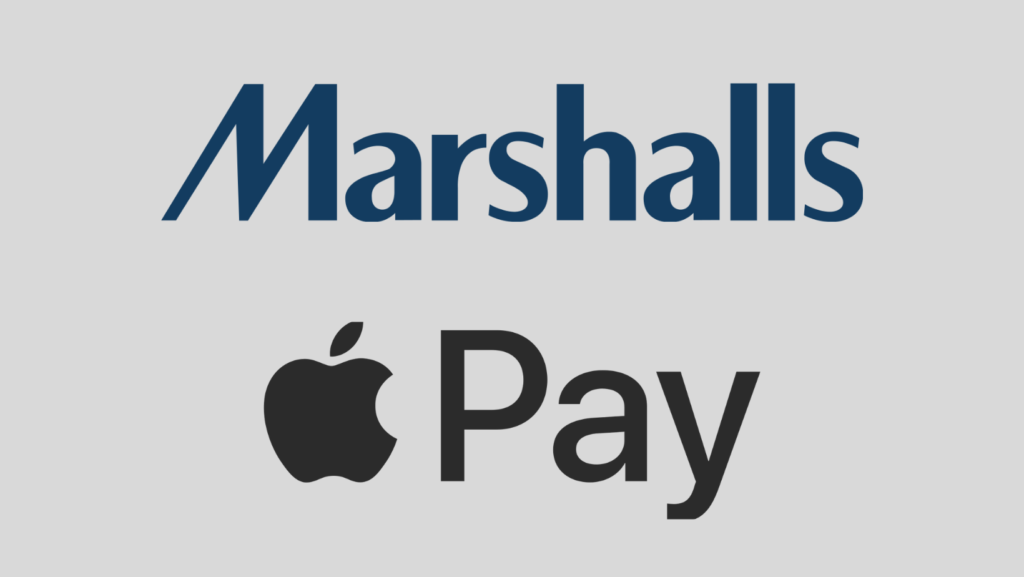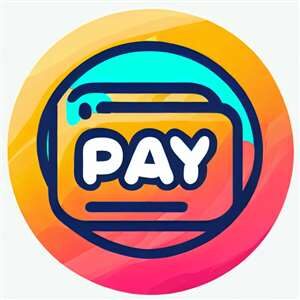Have you ever found yourself standing in a Marshalls store, fumbling through your wallet, looking for your credit card, only to realize that you left it at home? Well, if you’re an Apple Pay user, you might be wondering if Marshalls accepts this payment method. In this article, we’ll answer the question, “does Marshalls take Apple Pay?” and provide you with everything you need to know about using this convenient payment option at Marshalls.
What is Apple Pay?
Apple Pay is a mobile payment and digital wallet service developed by Apple Inc. that allows users to make payments with their Apple devices, including iPhone, iPad, Apple Watch, and Mac. It was first introduced in 2014 and has since become a popular payment option for many consumers.
How Does Apple Pay Work?
Apple Pay uses near-field communication (NFC) technology to transmit payment information from your device to the payment terminal. To make a payment with Apple Pay, you simply hold your device near the payment terminal, and the payment is processed automatically.
To use Apple Pay, you need to have a compatible device, such as an iPhone or Apple Watch, and a supported credit or debit card from a participating bank. You can also add gift cards, rewards cards, and loyalty cards to your Apple Wallet for easy access.
Which Stores Accept Apple Pay?
Apple Pay is accepted at a growing number of retailers and businesses, including grocery stores, restaurants, gas stations, and more. Some of the popular stores that accept Apple Pay include:

- Walgreens
- Whole Foods Market
- Starbucks
- Best Buy
- Target
- McDonald’s
Now let’s talk about does Marshalls take Apple Pay in the section below.
Does Marshalls Take Apple Pay?
Yes, Marshalls does accept Apple Pay as a payment method. This means that you can use your Apple device to make purchases at any Marshalls store that accepts contactless payments.
How to Use Apple Pay at Marshalls
Using Apple Pay at Marshalls is easy. Here’s how to do it:
- Make sure that your Apple device is compatible with Apple Pay and has the latest version of iOS or watchOS.
- Open the Wallet app on your device and tap the “+” sign to add your credit or debit card.
- Follow the on-screen prompts to verify your card and set up Apple Pay.
- When you’re ready to make a purchase at Marshalls, hold your device near the payment terminal and authenticate the payment using Face ID, Touch ID, or your device passcode.
- Wait for the payment to be processed, and you’re done!
Benefits of Using Apple Pay at Marshalls
Using Apple Pay at Marshalls has several benefits, including:
- Convenience: You don’t have to carry your credit or debit card with you; just use your Apple device to make payments.
- Security: Apple Pay uses advanced security features, such as biometric authentication and tokenization, to protect your payment information.
- Speed: Using Apple Pay is faster than swiping your card or entering a PIN.
- Rewards: Some credit cards offer rewards for using Apple Pay, so you may be able to earn cash back, points.
- Contactless: With Apple Pay, you can make payments without touching the payment terminal, which is especially important during the COVID-19 pandemic.
Other Payment Options at Marshalls
In addition to Apple Pay, Marshalls accepts a variety of payment options, including:
- Credit and debit cards: You can use your Visa, Mastercard, American Express, or Discover card to make purchases at Marshalls.
- Cash: Marshalls stores accept cash payments for purchases.
- Marshalls gift cards: You can purchase and use Marshalls gift cards at any Marshalls store.
How to Set Up Apple Pay
Setting up Apple Pay is easy. Here’s how to do it:
- Open the Wallet app on your iPhone.
- Tap the “+” sign to add a credit or debit card.
- Follow the on-screen instructions to add your card.
- If prompted, verify your card by calling your bank or entering a verification code sent to you via text message or email.
- Once your card is added, you can start using Apple Pay.
Troubleshooting Apple Pay at Marshalls
If you have trouble using Apple Pay at Marshalls, try the following troubleshooting tips:
- Make sure that your device and the payment terminal are compatible with Apple Pay.
- Check that your credit or debit card is supported by Apple Pay.
- Ensure that your device has the latest version of iOS or watchOS.
- If you’re having trouble with Face ID or Touch ID, try entering your passcode instead.
- If the payment still doesn’t go through, try using a different payment method.
Is Apple Pay Safe?
Yes, Apple Pay is considered a safe and secure payment method. It uses advanced security features, such as biometric authentication and tokenization, to protect your payment information. Additionally, your credit or debit card information is not stored on your device or shared with merchants, which reduces the risk of fraud.
Conclusion
In conclusion, Marshalls does accept Apple Pay as a payment method, which provides a convenient and secure way to make purchases in-store. Using Apple Pay at Marshalls is easy and fast, and it’s also contactless, which is important during the COVID-19 pandemic. If you’re an Apple Pay user, you can feel confident using this payment option at Marshalls.
FAQs
Can I use Apple Pay at other TJX Companies stores?
Yes, you can use Apple Pay at other TJX Companies stores, such as TJ Maxx and HomeGoods.
Can I use Apple Pay online at Marshalls?
No, Marshalls does not currently accept Apple Pay as a payment method for online purchases.
Does Marshalls accept Google Pay?
t’s unclear if Marshalls accepts Google Pay. However, since Google Pay uses the same technology as Apple Pay, it’s possible that it may be accepted at Marshalls stores.
What should I do if my Apple Pay payment is declined at Marshalls?
If your Apple Pay payment is declined at Marshalls, try using a different payment method or contact your bank to ensure that your card is supported by Apple Pay.
Is Apple Pay free to use?
Yes, Apple Pay is a free service, but you may be charged fees by your bank for using your credit or debit card.
We hope you liked reading this article. For more, please visit Pay Apps Info.
Related articles

